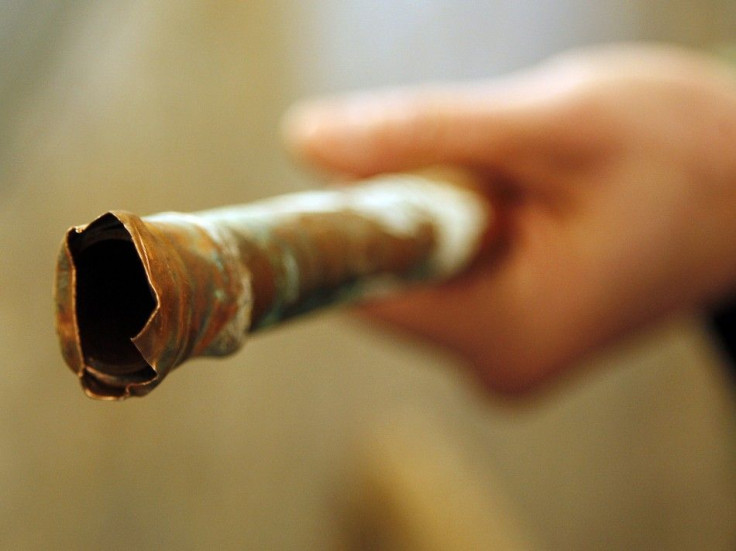Copper Prices to Fall as Demand in China Decreases: Report

The copper price will fall to $5,000 per tonne over the next two years, well below current levels of around $8,400 and less than half the highs seen in early 2011, according to a report by Capital Economics, a macroeconomics research consultancy.
The commodity markets have already been rattled by official statements made at China’s annual National People’s Congress, which began on Monday. The headlines have been dominated by the government’s announcement that the GDP growth target for 2012 has been set at just 7.5 percent, compared to consensus forecasts for actual growth of around 8.5 percent for both this year and the next.
However, Capital Economics points out that this announcement alone should not be seen as a turning point for commodity markets. This is a reminder that the years of consistent double-digit growth in China’s economy are well behind us. Growth will inevitably slow down further as China comes closer to completing the catch up with more advanced economies and demographics turn less favorable.
Speculation this week has focused on the overall pace of China’s GDP growth, but the greater downside risk to the prices of industrial metals over the medium term is the prospect of a decline in the commodity intensity of economic activity as the investment boom comes to end, according to the report.
Going by the report, China’s demand for industrial metals has been temporarily boosted by the unprecedented and unsustainable boom in investment over the last decade. This has seen the share of investment rise to nearly 50 percent of the GDP.
Julian Jessop, Chief Global Economist of Capital Economics, has stated that China’s demand has had such a big impact, partly because the economy is large and has been growing rapidly, but also mainly because the commodity intensity of that growth has been unusually high.
Finally, Capital Economics has forecast that as the economy rebalances away from commodity-intensive investment in the coming years, China’s demand for industrial metals is likely to fall well short of the levels currently priced into the markets.
© Copyright IBTimes 2025. All rights reserved.





















